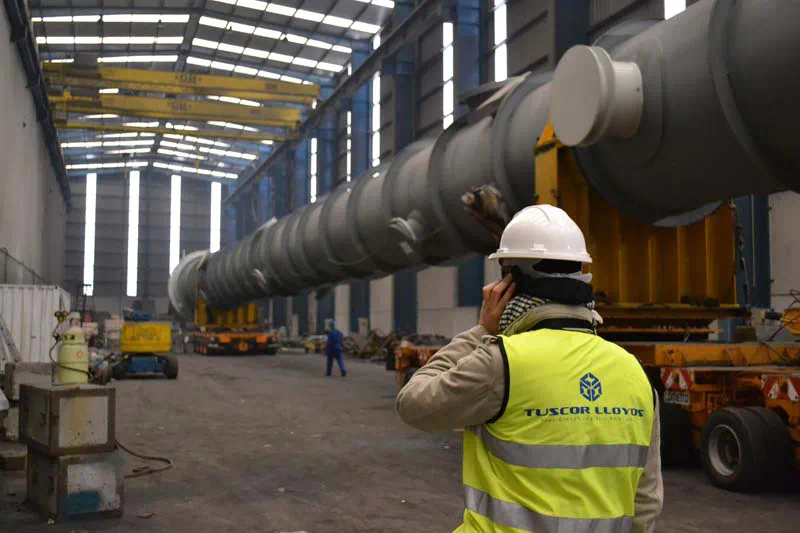Glass lined reactors are crucial equipment in chemical and pharmaceutical industries, designed to handle a variety of processes involving corrosive substances and high temperatures. However, their susceptibility to static electricity poses significant risks to both equipment integrity and personnel safety. Effective static protection measures are therefore essential to mitigate these risks and ensure operational reliability.
Understanding Static Electricity in Glass Lined Reactors
Static electricity is generated when materials come into contact and separate, causing an imbalance of electric charges. In glass lined reactors, this phenomenon can occur during processes such as mixing, pouring, or agitation of materials. The glass lining, while providing excellent resistance to corrosion, can also build up static charges due to friction with liquids or solids inside the reactor.

Risks Associated with Static Electricity
The accumulation of static electricity in glass lined reactors can lead to several critical issues:
1. Safety Hazards: Static discharges can ignite flammable substances present in the reactor, leading to fires or explosions. This poses a significant risk to personnel and nearby equipment.
2. Equipment Damage: High-voltage static discharges can damage the glass lining or other components of the reactor, compromising its structural integrity and longevity.
3. Process Disruption: Intermittent static discharges can disrupt the smooth operation of processes, leading to production delays and inefficiencies.
Static Protection Measures

To effectively manage static electricity in glass lined reactors, several proactive measures can be implemented:
1. Grounding Systems
Establishing a robust grounding system is fundamental to dissipating static charges safely. This involves:
– Grounding the Reactor: Ensuring the reactor itself is grounded to minimize static buildup on its surface.
– Grounding Process Equipment: All ancillary equipment such as agitators, pumps, and pipes should also be properly grounded to prevent static accumulation.
2. Bonding and Earthing Connections
Bonding connections between different conductive parts within the reactor system help equalize glass lined reactor applications potentials and minimize static discharge risks. Key considerations include:
– Bonding of Metallic Components: Connecting metallic components together ensures that they share the same electrical potential, reducing the likelihood of sparking.
– Earthing Connections: Ensuring that all bonded components are effectively earthed to dissipate any accumulated charges to the ground.
3. Static Dissipation Devices
Incorporating static dissipation devices within the reactor design can further enhance safety and operational reliability:
– Static Conductive Linings: Using conductive coatings or liners on critical surfaces can facilitate safe dissipation of static charges.
– Static Control Additives: Adding anti-static agents to process materials can reduce their propensity to generate static electricity.
4. Monitoring and Maintenance
Regular monitoring and maintenance practices are crucial to ensure the effectiveness of static protection measures:
– Inspection: Periodic inspections should be conducted glass lined reactor suppliers to check the integrity of grounding systems, bonding connections, and static dissipation devices.
– Testing: Conducting regular tests to measure static charge accumulation and dissipation rates can help identify potential issues before they escalate.
Conclusion
Effective static protection measures are indispensable for maintaining the safety, reliability, and longevity of glass lined reactors in industrial applications. By understanding the risks associated with static electricity and implementing robust mitigation strategies such as grounding systems, bonding connections, static dissipation devices, and proactive maintenance, operators can minimize hazards and ensure smooth operations. Continual advancements in materials and technologies further enhance the ability to manage static electricity effectively, reinforcing the importance of staying abreast of best practices and industry standards in static control.
Through comprehensive planning and adherence to safety protocols, the industry can continue to leverage the versatility and durability of glass lined reactors while safeguarding against the potential dangers posed by static electricity.
https://abcicon.com/
